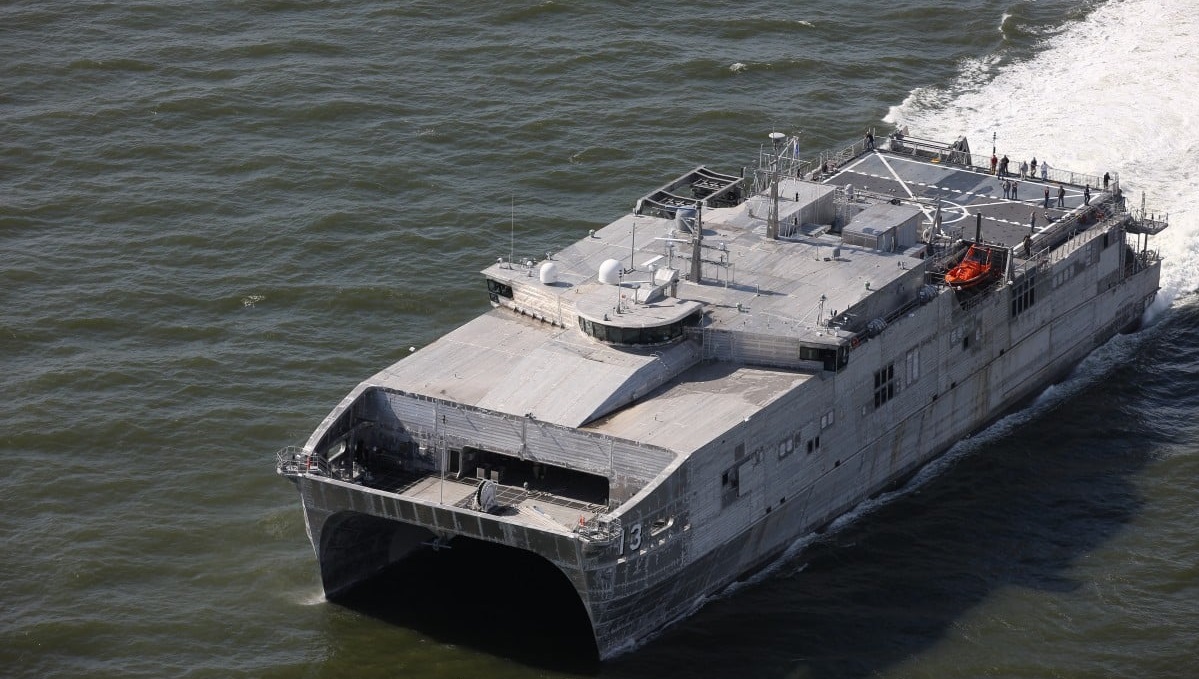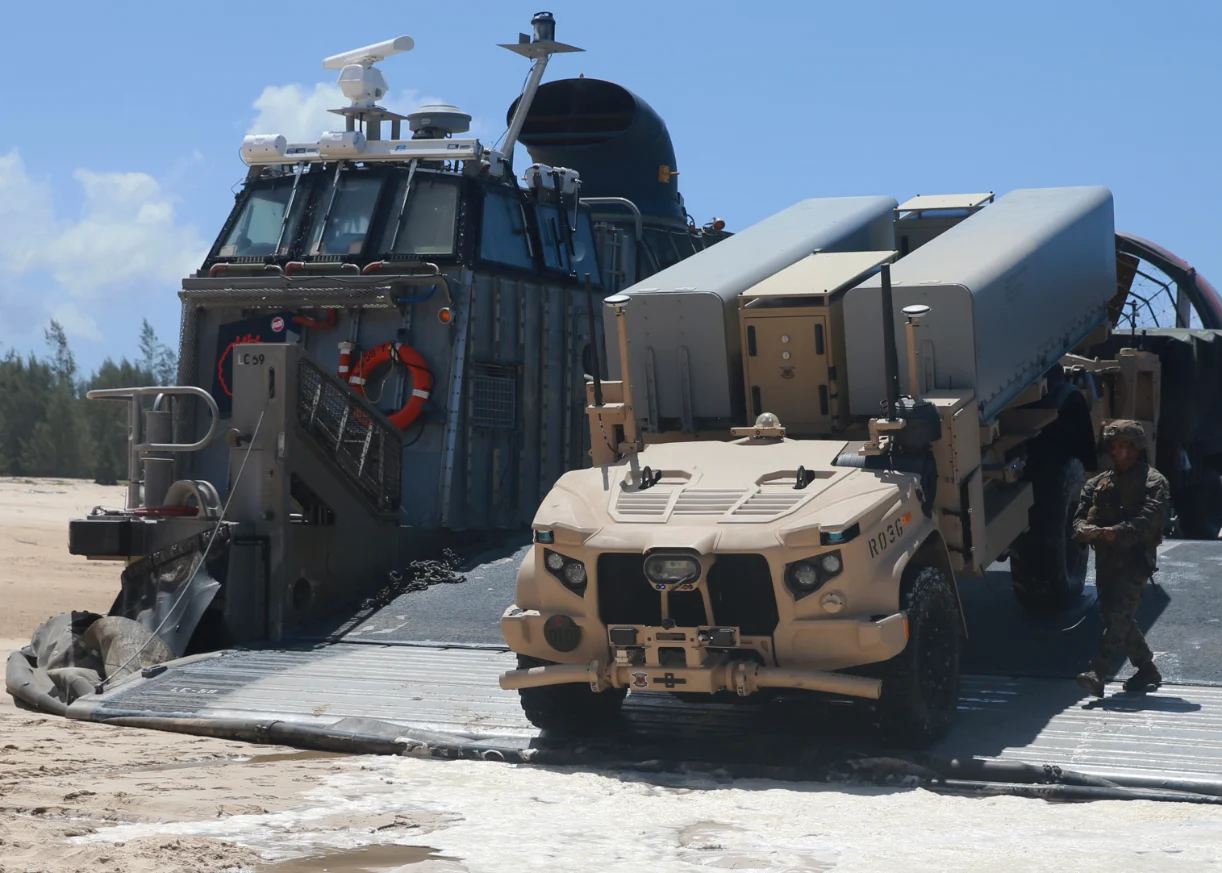The US Marine Corps wants to transport NSM anti-ship missiles for the NMESIS system using autonomous ships

The U.S. Marine Corps is looking for ways to move weapons in disputed waters. One option is the use of autonomous vessels.
Here's What We Know
Logistics is considered one of the most challenging aspects of the new way of warfare. This was stated by Lieutenant General Karsten Heckl during a Defence Ministry press conference.
Marines can easily deploy food and spare parts from allies. However, it is virtually impossible to do the same with missiles, as the enemy will try to cut off supply routes.
The US Marine Corps has begun testing a prototype called the Autonomous Low-Profile Vessel. The concept itself is borrowed from drug dealers. The developed prototype of the autonomous vessel can carry two NSM (Naval Strike Missile) anti-ship missiles. They are used in NMESIS (Navy/Marine Corps Expeditionary Ship Interdiction System) systems. You can see an unmanned vehicle based launcher below.

Such platforms will be expendable due to their low cost. That said, the service does not yet know how many ships it plans to procure. Right now, a prototype is being tested at the Marine Corps Warfighting Laboratory. Procurement is expected to begin within a couple of years.
Another option for the Marine Corps is the Apalachicola expeditionary fast transport ship (main image above). It was built at the Austal USA factory. The ship travelled nearly 3,000 kilometres in unmanned mode. During this time, there were people on board in case of an emergency, but they never took control of the ship.
Apalachicola will be able to reach speeds of over 80 km/h, i.e. it will be faster than almost any ship in service with the U.S. Navy. And it is capable of transporting much more cargo than the Autonomous Low-Profile Vessel.
Source: Defence News